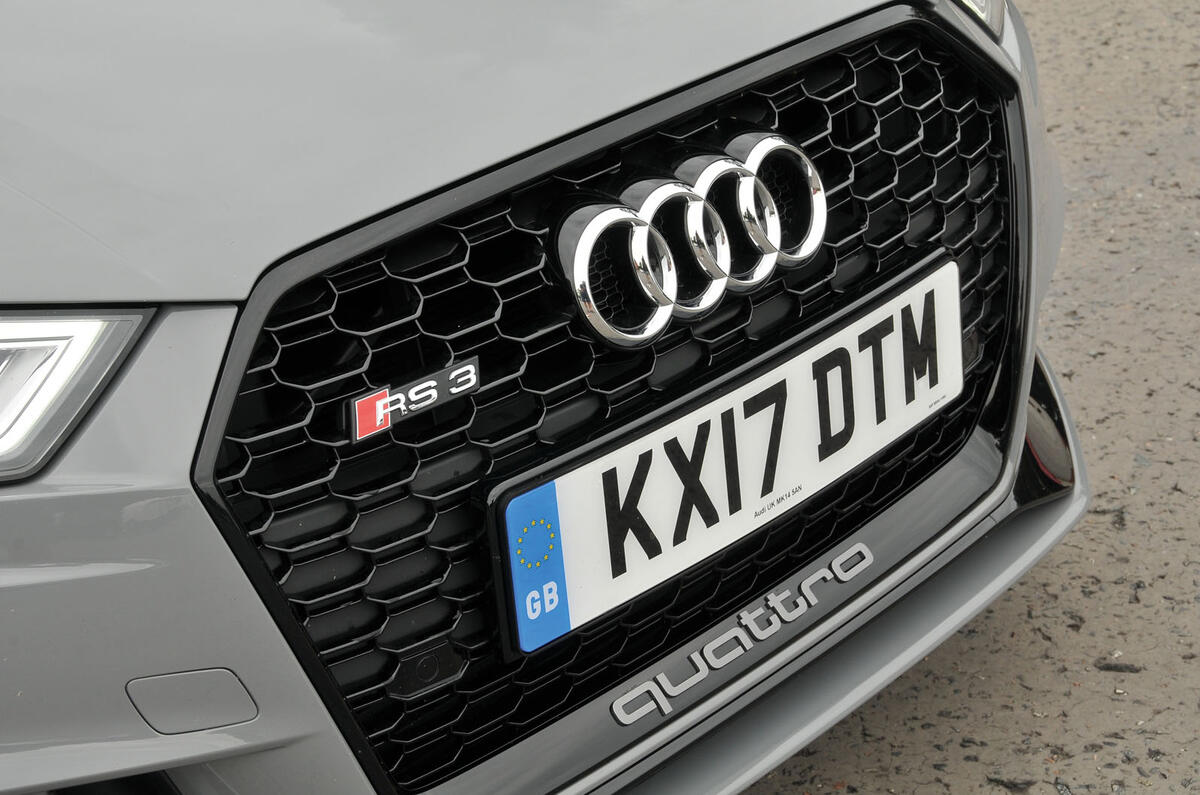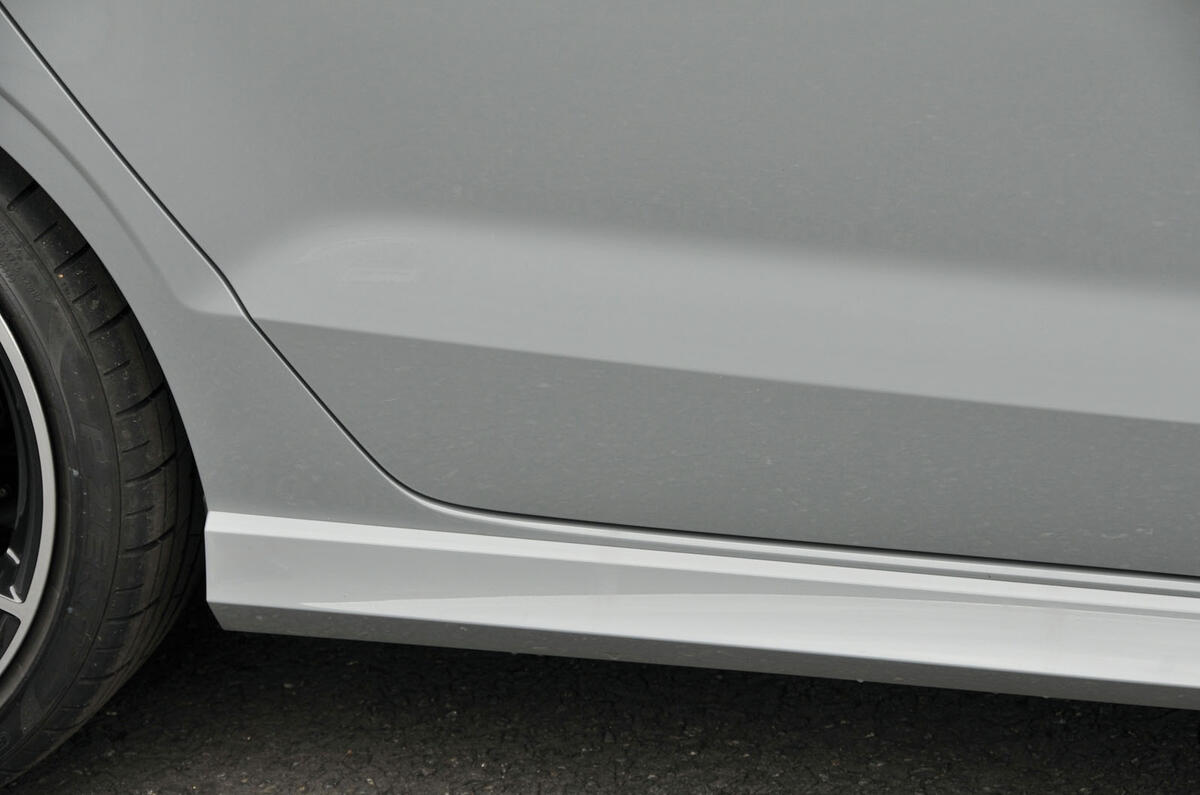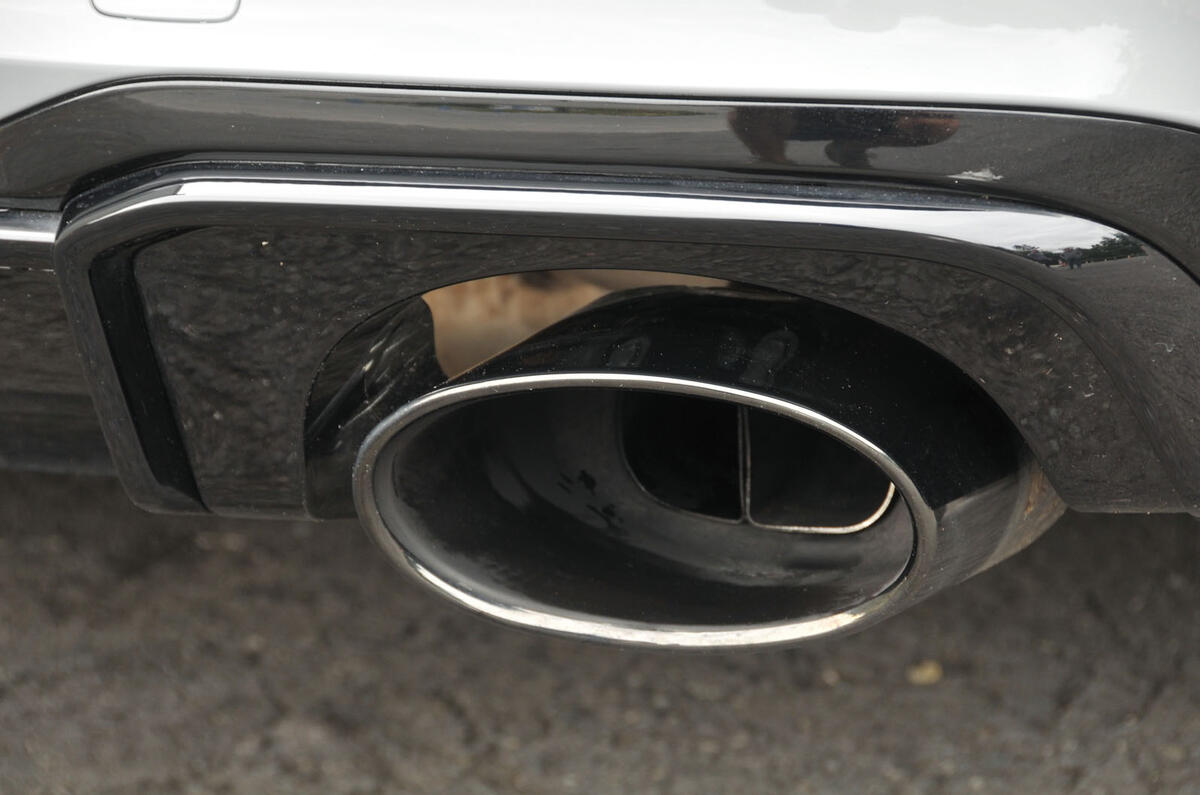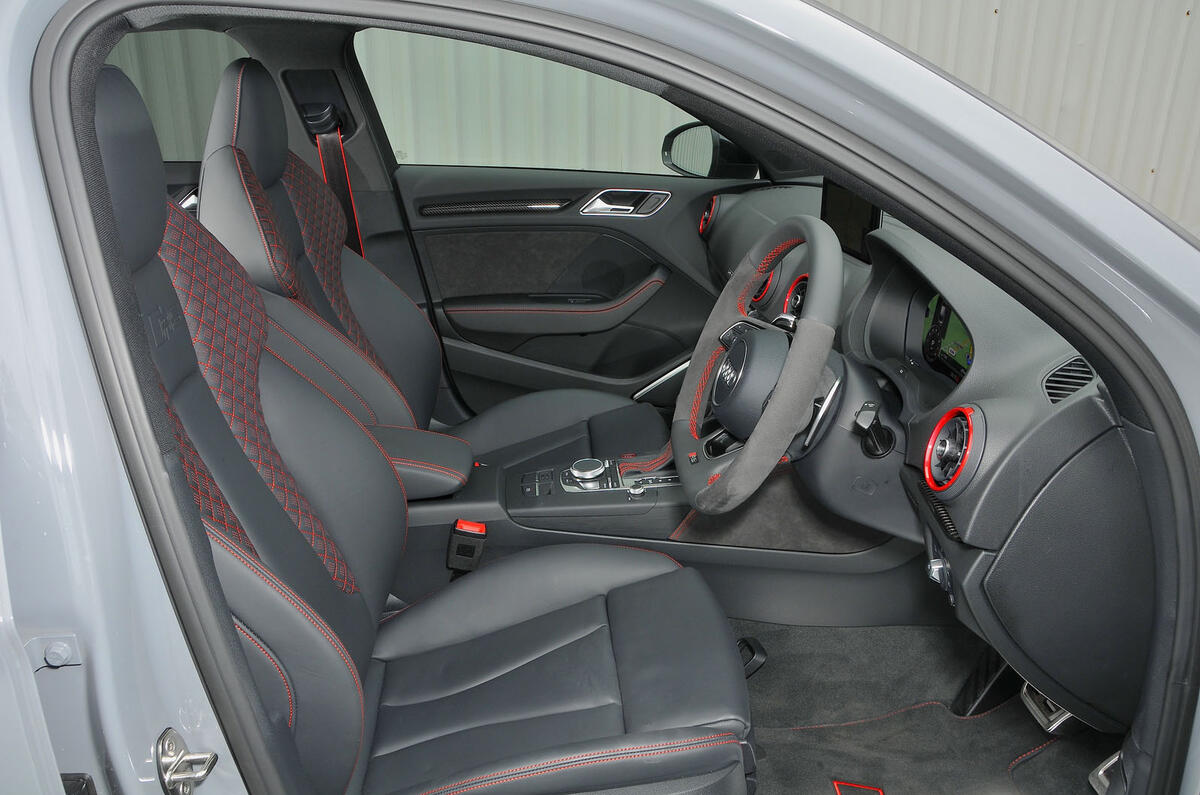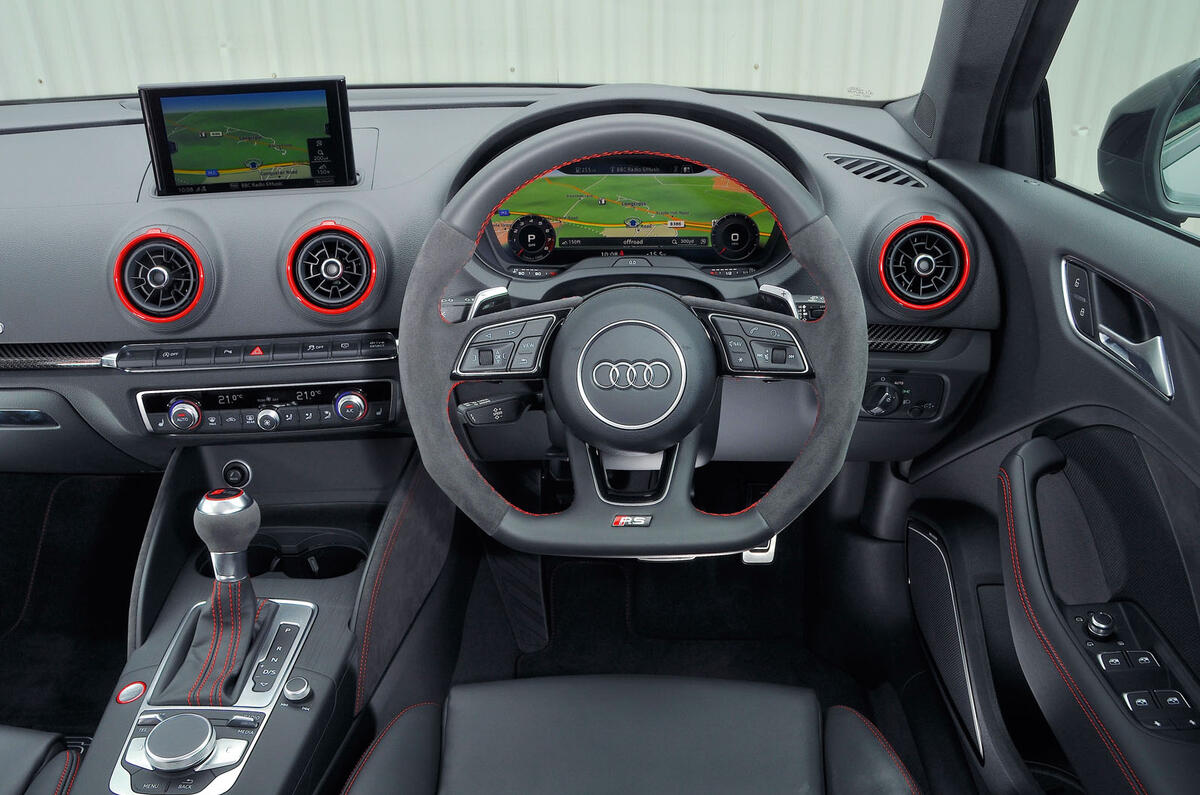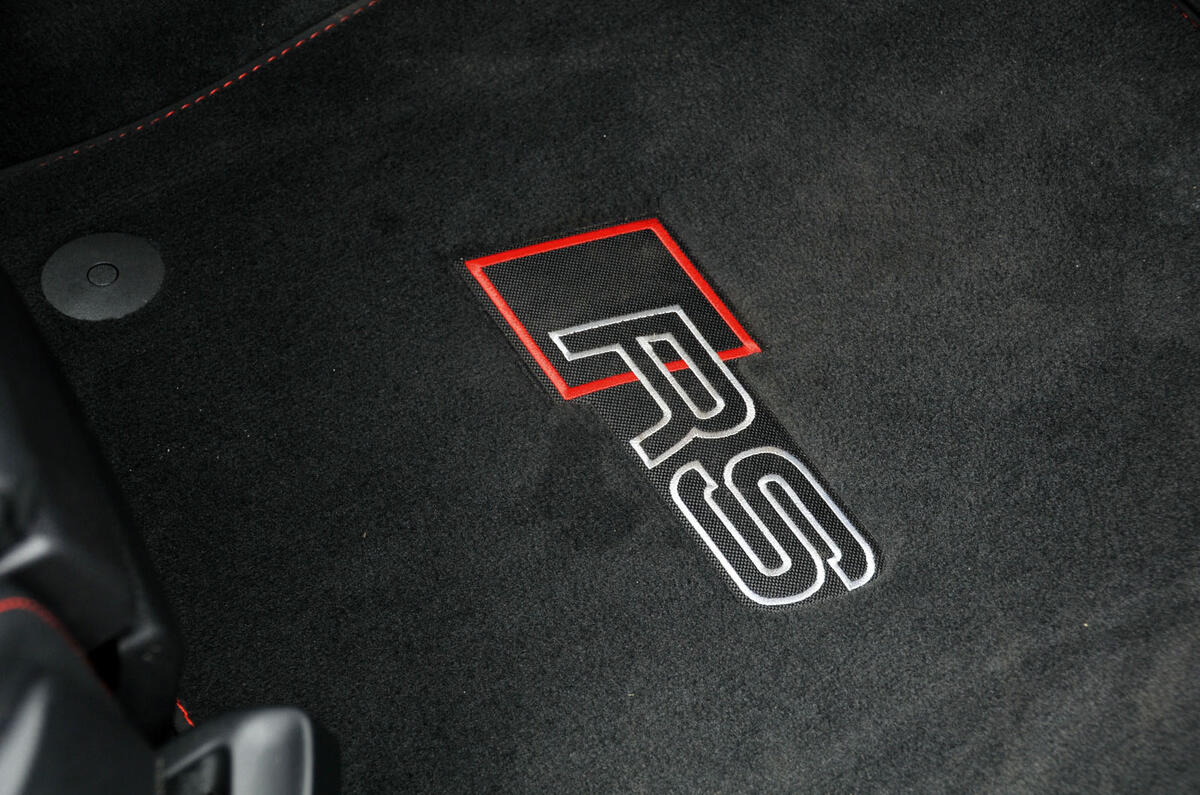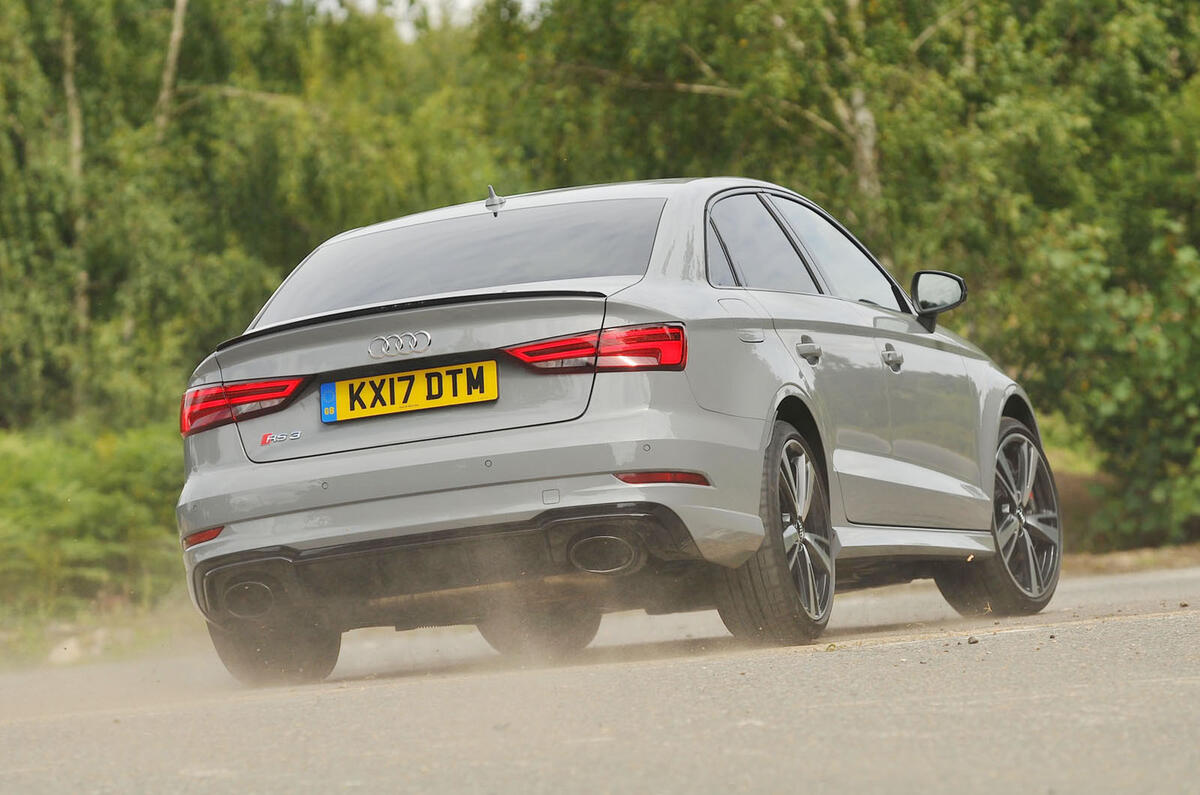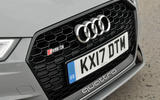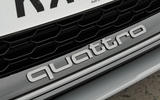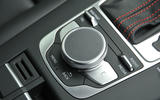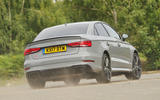It may be hard to say exactly when the letters ‘RS’ on the rump of an Audi stopped identifying the German firm’s particular performance machine of the moment and started distinguishing a model in a performance sub-brand – but it plainly happened some time ago.
The easy answer would be 1999, when the original RS2 Avant was succeeded by the B5-generation Audi RS4 Avant.
But that’s also the simplistic answer because, for another decade after that point, the Audi factory tuning house formerly known as Quattro GmbH was very careful never to have more than one RS on sale at a time.
Buyers could trade one in against the next and production could be handled in-house by the outfit that has since changed its handle to Audi Sport.
The trigger for change was the original Audi TT RS of 2009, which became the first Audi RS to be built entirely away from Audi Sport’s Neckarsulm premises.
By 2012, there were no fewer than five RS cars in simultaneous production. The RS brand as we now know it was born and at its bottom rung was the original Audi RS3 Sportback mega-hatch.
An all-new MQB-platform RS3 arrived in 2015 and now comes what is effectively a mid-life facelift for the car – albeit an usually wide-ranging one.
As part of this nip and tuck, the RS3 gets the usual styling and equipment tweaks. But it also gains a brand-new all-aluminium five-cylinder engine that supplies it with an eye-popping 394bhp – a peak output almost unknown to cars in this part of the performance market, save for a handful of very rare-groove and highly tuned Japanese options.



